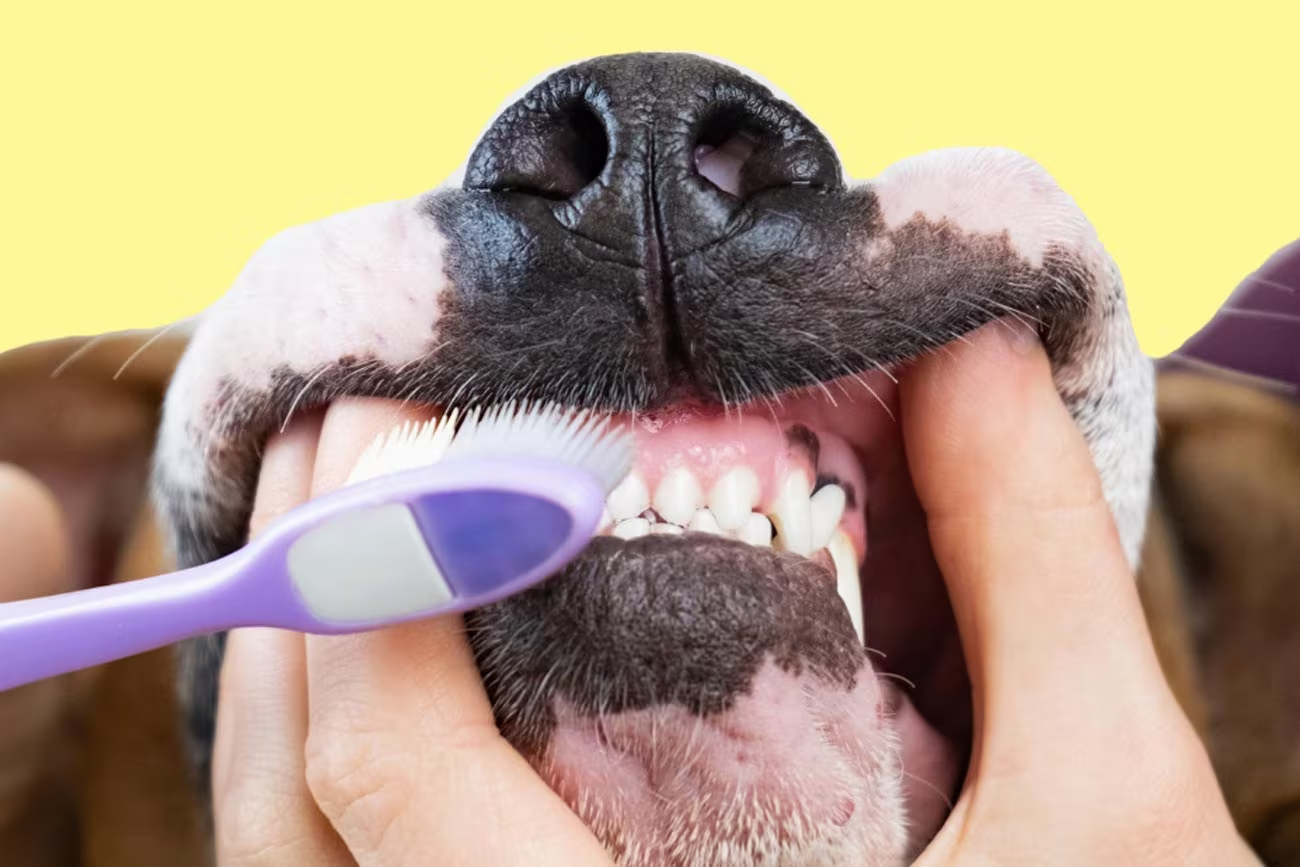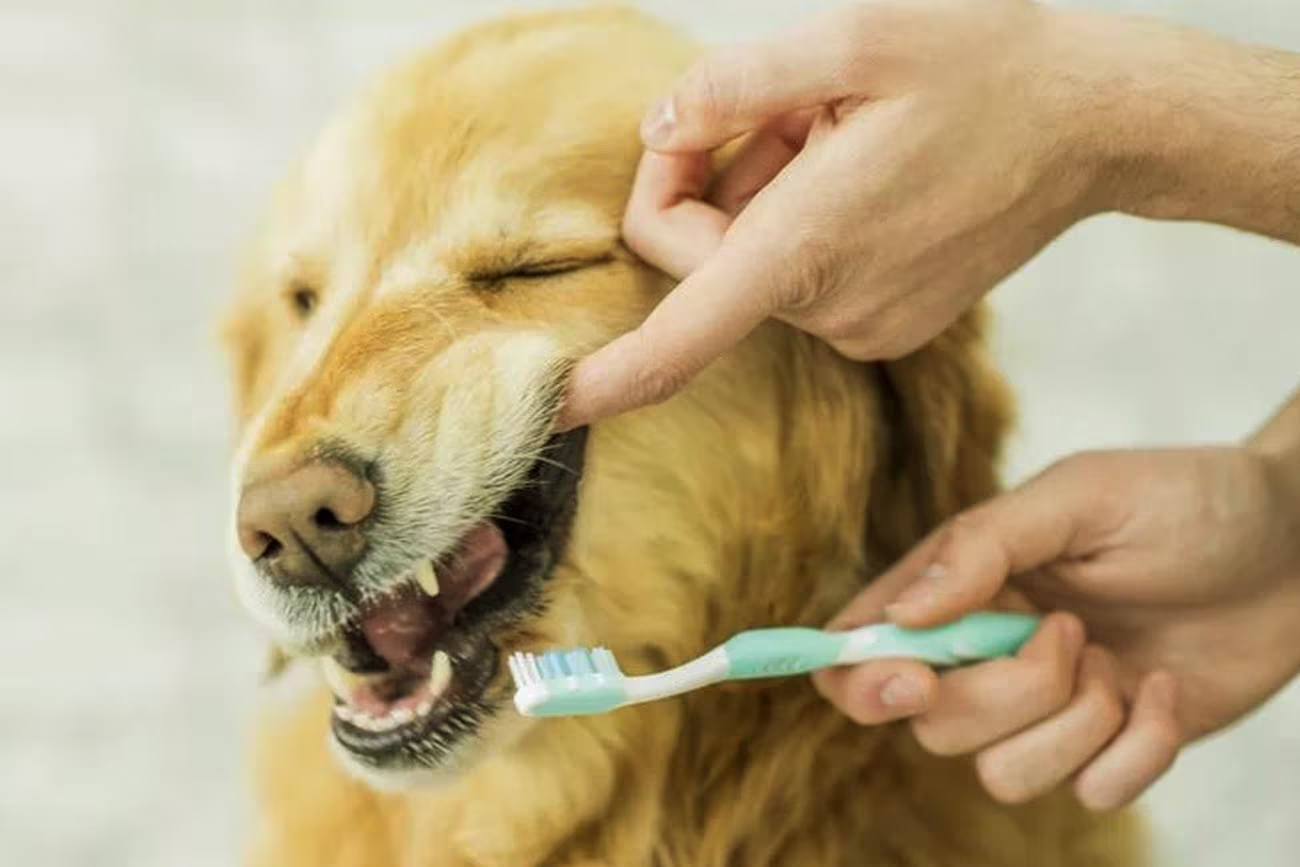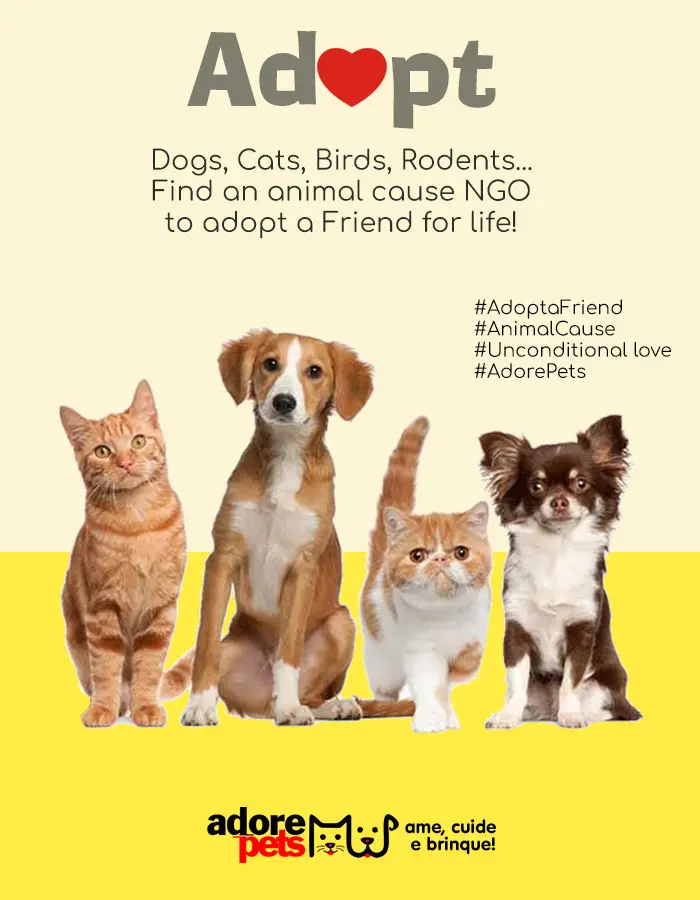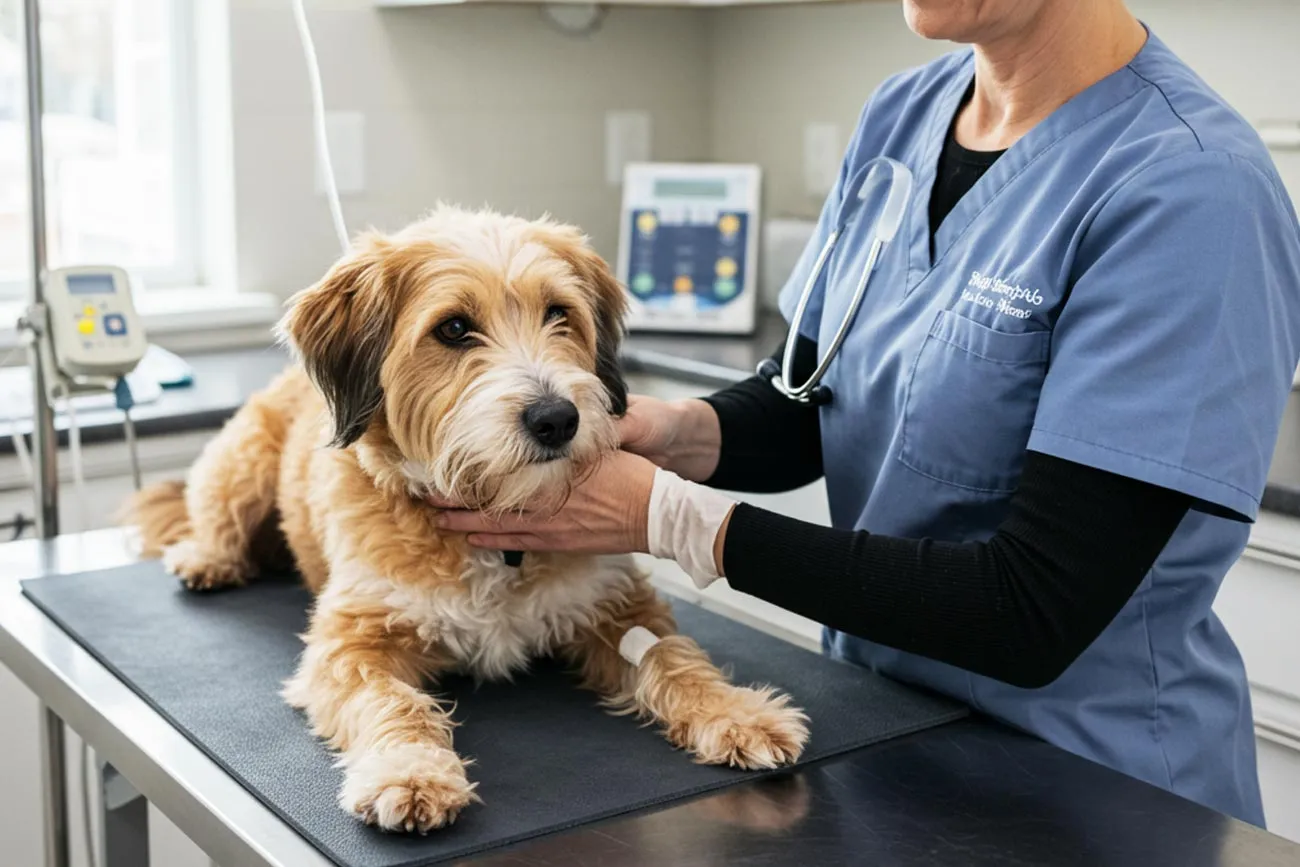Why is pet oral health essential?
The connection between pet oral health and overall well-being
Just like us, pets also suffer from oral health issues. Good dental health not only ensures a beautiful smile but is crucial for your pet's quality of life. From tartar to gingivitis, oral diseases can progress to infections that affect other organs and body systems. That's why it's necessary to take care of your pet oral health.
Surprising fact: Studies show that pet oral health problems are at higher risk of developing heart disease and kidney issues. Therefore, caring for your pet's mouth is an investment in their overall health.
Emotional impact and quality of life
Imagine the joy of seeing your furry friend full of energy and ready to play, free from the discomfort caused by toothaches or inflammation. Maintaining your pet oral health can prevent many of these problems, ensuring happy moments and prolonged well-being. Share this knowledge and inspire other pet owners to prioritize their pets' care!
Main oral health problems in pets
Tartar and plaque
What is it?
Plaque is an invisible layer that forms on teeth and, if not removed, can harden into tartar—a stubborn deposit that firmly adheres to the tooth surface.
Consequences:
- Gum inflammation
- Bad breath
- Increased risk of periodontal disease
Gingivitis and periodontitis
Gingivitis:
This is gum inflammation caused by plaque buildup. If untreated, it can progress to periodontitis, where the infection reaches the tooth's supporting tissues.
Periodontitis:
When the infection advances, it can lead to tooth loss and affect internal organs due to bacteria spreading through the bloodstream.
Other problems
Besides tartar and gingivitis, issues like dental abscesses and broken teeth can occur, causing pain and affecting your pet's eating habits and behavior.
Practical tips for maintaining pet oral hygiene and health
Regular brushing: the foundation
Why brush?
Brushing is the most effective method for removing plaque and preventing tartar buildup in pet oral health.
How to do it:
- Frequency: Ideally, brush your pet's teeth daily or at least three times a week.
- Proper products: Use soft-bristled brushes or finger brushes designed for pets and pet-specific toothpaste (never use human toothpaste, as it may contain fluoride and other harmful ingredients).
- Technique: Start with gentle motions, focusing on areas near the gums. Turn brushing into a bonding moment by offering treats as rewards and praising your pet during the process.
Expert tip: If your pet resists, introduce brushing gradually. Begin by petting and massaging their mouth to get them used to touch before starting actual brushing.
Diet that supports pet oral health
Specialized food and treats:
Some pet foods are designed to promote pet oral health, reducing tartar buildup with textures and ingredients that aid in natural teeth cleaning. Additionally, there are treats and chew toys that help scrape the tooth surface, contributing to supplementary hygiene.
Hydration:
Keeping your pet well-hydrated also supports pet oral health, as water helps wash away food residues that can stick to teeth.
Toys and chewables: fun with a purpose
Beyond brushing and diet, toys and chewables play a key role in pet oral health. Some products are specially designed to clean teeth while your pet enjoys chewing.
Suggestion:
Opt for rubber or nylon toys with ridges and textures that help remove plaque. These items can be allies in maintaining hygiene, especially for dogs that don’t adapt well to brushing.
The ideal routine for pet oral health
Create a conducive environment
Pet oral health depends on a consistent routine and an environment where care is naturally incorporated. Set up a quiet space for brushing, with minimal distractions and your pet at ease.
Step-by-step for an effective routine:
- Choose a fixed time: Like feeding, brushing can become a daily habit if done at the same time.
- Use positive reinforcement: Praise and reward your pet after each session. This creates a positive association with hygiene time.
- Monitor progress: Keep a journal or take comparison photos to track improvements in your pet oral health and tooth appearance.
Regular vet check-ups
Tip:
Schedule a dental check-up every six months, especially for pets showing signs of wear or older animals, who may be more prone to periodontal disease.

Myths and truths about pet oral health
Myth: "My pet doesn’t need brushing; they’re just an animal."
Truth: Pets also accumulate plaque and tartar. Lack of brushing can lead to serious issues like gingivitis, which can affect other organs.
Myth: "High-quality pet food eliminates the need for brushing."
Truth: While specialized food aids in cleaning, it doesn’t replace the mechanical action of brushing. Both practices are necessary for complete health.
Myth: "Only older pets have dental problems."
Truth: Pet oral health issues can affect pets of all ages. Puppies can develop cavities and growth problems without proper hygiene, while older pets may face more severe complications.
How to handle challenges and resistance to brushing
Strategies to ease the process
Many pet owners face difficulties when starting a brushing routine due to their pet's resistance or impatience. Here are some strategies to help:
- Gradual introduction: Start by gently petting your pet’s mouth and lips. Slowly introduce the brush and toothpaste without forcing it.
- Positive environment: Make brushing a bonding moment. Use treats, praise, and create a relaxing atmosphere.
- Calm timing: Choose moments when your pet is relaxed, free from distractions or excitement, to perform brushing.
When to seek professional help
If your pet shows strong resistance or if the technique isn’t working, don’t hesitate to consult a trainer or specialist. Sometimes, external guidance can make all the difference in helping your pet adapt to a hygiene routine.
The importance of long-term preventive care
Benefits of prevention
Investing in pet oral health goes beyond aesthetics—it’s a way to prevent serious and costly complications in the future. By adopting a consistent care routine, you’ll help your pet enjoy:
- More energy and vitality
- Lower risk of systemic diseases
- Quality of life and well-being
- Greater longevity
The role of pet owners
Owners are primarily responsible for their pets' health. Through small daily gestures like brushing and choosing the right diet, you demonstrate love and care, positively impacting your best friend’s life.
Remember: A healthy pet is a happy pet!
Extra tips to transform your pet’s oral care routine
Use multimedia resources and apps
Today, there are various apps to help owners monitor their pet’s health, reminding them of brushing sessions and even offering personalized tips based on the pet’s history. Explore and try tools that can help maintain this routine.
Join pet owner communities
Share your experiences and learn from other owners in forums and online groups. Often, inspiring stories and practical tips can make a difference in your pet’s oral care routine.
Continuous education
Stay informed about new techniques and products on the market. Pet health is constantly evolving, and staying updated can further improve your friend’s care.
Understand that...
Caring for your pet oral health is an act of love and responsibility that reflects in every aspect of your best friend’s life. From preventing tartar and gingivitis to promoting overall well-being, daily practices—like brushing, proper diet, and regular check-ups—are essential to ensuring a healthy and joyful life.
Now that you know the care that transforms lives, why not put these tips into practice? Start brushing your pet’s teeth today and share this initiative with other owners! Leave a comment sharing your experience or any additional tips to improve pet oral health. Share this article on your social media and help spread this essential knowledge for a world with healthier, happier pets!


































Add comment